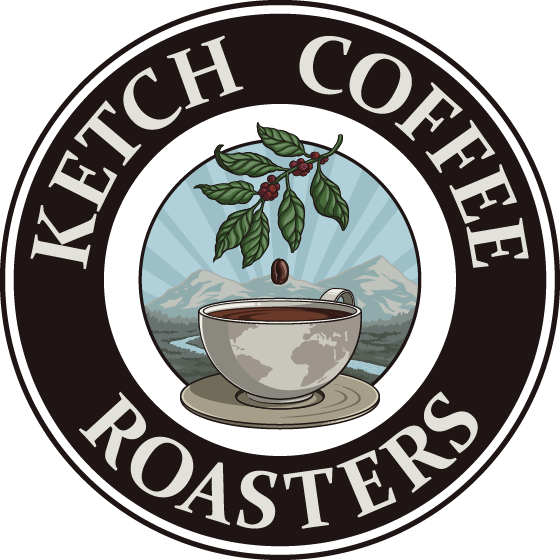One of the most common questions we get is regarding what roast level has the most caffeine. The answer might surprise you. The amount of caffeine a green coffee bean starts with is generally the amount it ends up with after being roasted regardless of roast level. In other words, the roast level does not change the caffeine content, at least not in an appreciable manner.
If we were merely talking about one bean of coffee compared to another, this would settle the issue, but from a practical consumption standpoint, this is not how we consume coffee. We either weigh it or we use a volumetric measurement like a scoop before grinding and brewing it. Here is where a little complication creeps in.
As you roast coffee, it expands in size and becomes less dense. Per bean, darker roasted coffee weighs less than lighter roasted coffee even though it takes up more room. Let’s say we roasted the same green coffee both as a light roast and as a dark roast, and we weigh out twenty grams of each to brew coffee. The amount of caffeine would be different because the amount of coffee used is different. Why? Because it will take more darker roast beans to weigh twenty grams than the lighter roast. For the sake of illustration, I weighed out twenty grams of a Mexican coffee we are currently developing roasting profiles for both as a light roast and as a medium-dark roast. I then counted how many coffee beans were in each sample. It took 142 medium-dark roasted coffee beans to weigh twenty grams. By comparison, it only took 130 light-roasted coffee beans to weigh twenty grams. While the difference isn’t huge and we can’t quantify the caffeine difference, the difference is twelve coffee beans worth of caffeine whatever that comes out to.
Something similar is true if you are using a volumetric measurement like a scoop to determine how much coffee to use, but in this case the results would be opposite. Since dark roasted coffee takes up more space than lighter roasted coffee, the amount of caffeine in your cup of coffee depends on how much you use. If you are accustomed to brewing a light or medium roasted coffee using a scoop to measure out how much coffee to use and then use the same scoop measurement for a darker roasted coffee, it will have less caffeine content because you used less coffee. For the sake of illustration, let’s just say it is twelve coffee beans less. Conversely, if you are accustomed to brewing darker roasted coffees using a scoop and you use the same scoop measurement to brew a lighter roasted coffee, the caffeine content is going to be higher because you used more coffee.
If you would like to read more, here is a link to a helpful article that links to an academic paper on this issue.
